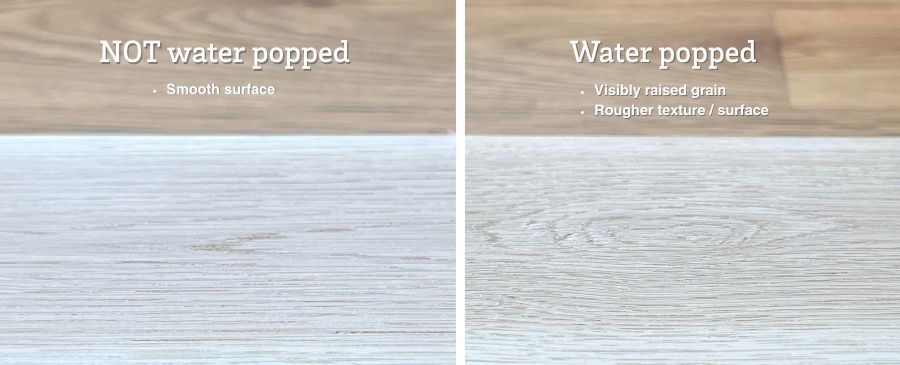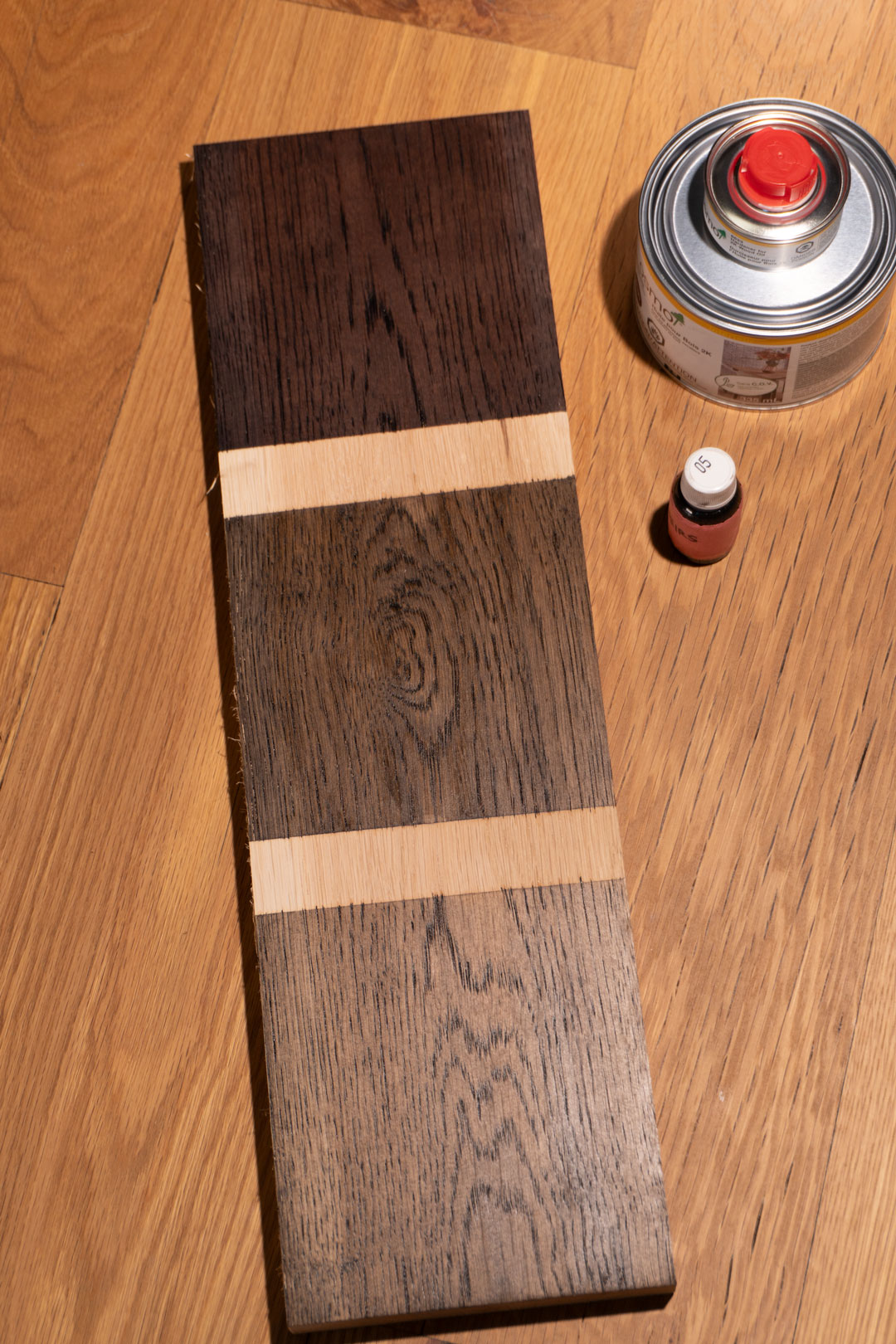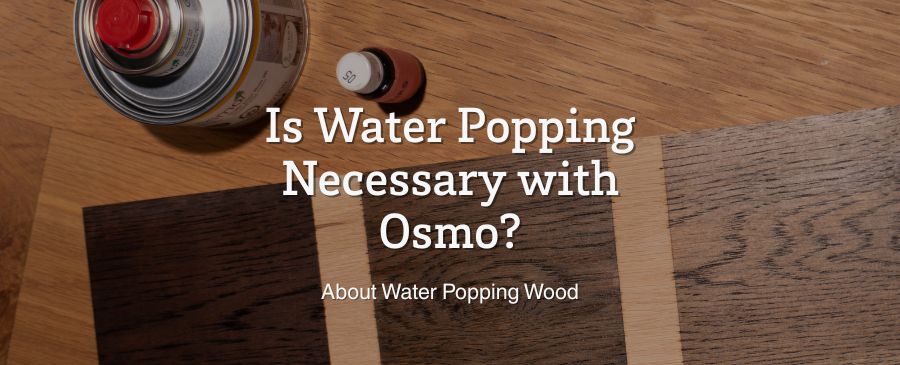Wood Staining with Osmo? No Water Popping Necessary
Some finishing methods like water popping give dramatic color—but they also raise grain and introduce moisture risks like warping, blotchiness, or early finish failure.
At Osmo, we design our finishes with your long-term satisfaction in mind—prioritizing durability, the natural feel of wood, and easy maintenance. That’s why we emphasize key guidelines: avoid excess moisture, apply the finish only when the wood’s moisture content is below 20%, and steer clear of methods like water popping that can compromise performance over time. Following these ensures your wood stays beautiful and protected for years to come.
If you’re looking for information on how to water pop – you won’t find it here. We do not recommend water popping with Osmo. What you will find here is information about water popping and why does Osmo NOT recommend it. Let’s get into it.
About Water Popping Wood

What is water popping
Water popping involves lightly wetting raw sanded wood with water — usually using a damp rag or spray bottle — before applying stain or finish. The added moisture causes the wood fibers to swell and “pop” open, making the surface more porous. This can help stain absorb more deeply, often resulting in a richer, darker colour.
Sounds good in theory — but in practice, it’s not always ideal.
Water Popping: What It Does
Water popping does open the wood grain, which allows finishes (especially pigment-heavy ones) to absorb more deeply and look more intense. Water popping can intensify colour, but it introduces unnecessary risk, especially with a finish like Osmo’s Hardwax-Oil, which is designed for dry, stable wood.
When is water popping used?
Water popping is mostly used with film-forming or pigment-heavy stains that don’t soak into the wood easily. In those cases, popping helps those products “grab.” But Osmo finishes already soak in well — when the wood is dry.
Water popping Disadvantages

Why Osmo Advises Against the Water Pop Method
Osmo Hardwax-Oil is microporous, designed to soak into the wood in a very specific way. When you introduce extra water (via water popping), you’re creating:
- Raised grain, which leads to a rougher surface unless resanded
- Higher moisture content— risking poor absorption and adhesion
- Risk of warping or cupping, especially in flooring and flat surfaces like tables
- Unpredictable results, especially if the wood isn’t allowed to dry fully or evenly
- Increases chance of warping or swelling — especially bad for floors or tabletops
- Can lead to a rough surface — requiring more sanding
- Jeopardizes long-term durability — Osmo works best on dry wood (12–18% moisture)
Watch Osmo 2k Wood Oil vs. The Competition
Watch as we compare 2k Wood Oil to a Competitor product. The result shows that with Osmo products, the risky water popping method is not necessary for intense colour.
Final Verdict: Should you Water Pop with Osmo?
Absolutely not. With Osmo, there’s no need—and no benefit—to water popping.
Our products are engineered to penetrate deeply into the wood without added moisture, delivering rich colour and durable protection without compromising the integrity of your surface. Water popping might intensify colour with some finishes, but it introduces unnecessary risk: raised grain, uneven absorption, longer drying times, and potential warping or failure down the road.
Osmo’s Hardwax-Oils are different. They’re designed for dry, stable wood—and when applied properly, they bring out the natural beauty and tone of the wood without shortcuts or risky prep methods.
Skip the water. Trust the process.
With proper sanding and dry wood, Osmo delivers vibrant, even colour—without water popping, without extra steps, and without sacrificing durability.
Protect your project. Respect your wood. Choose Osmo.


